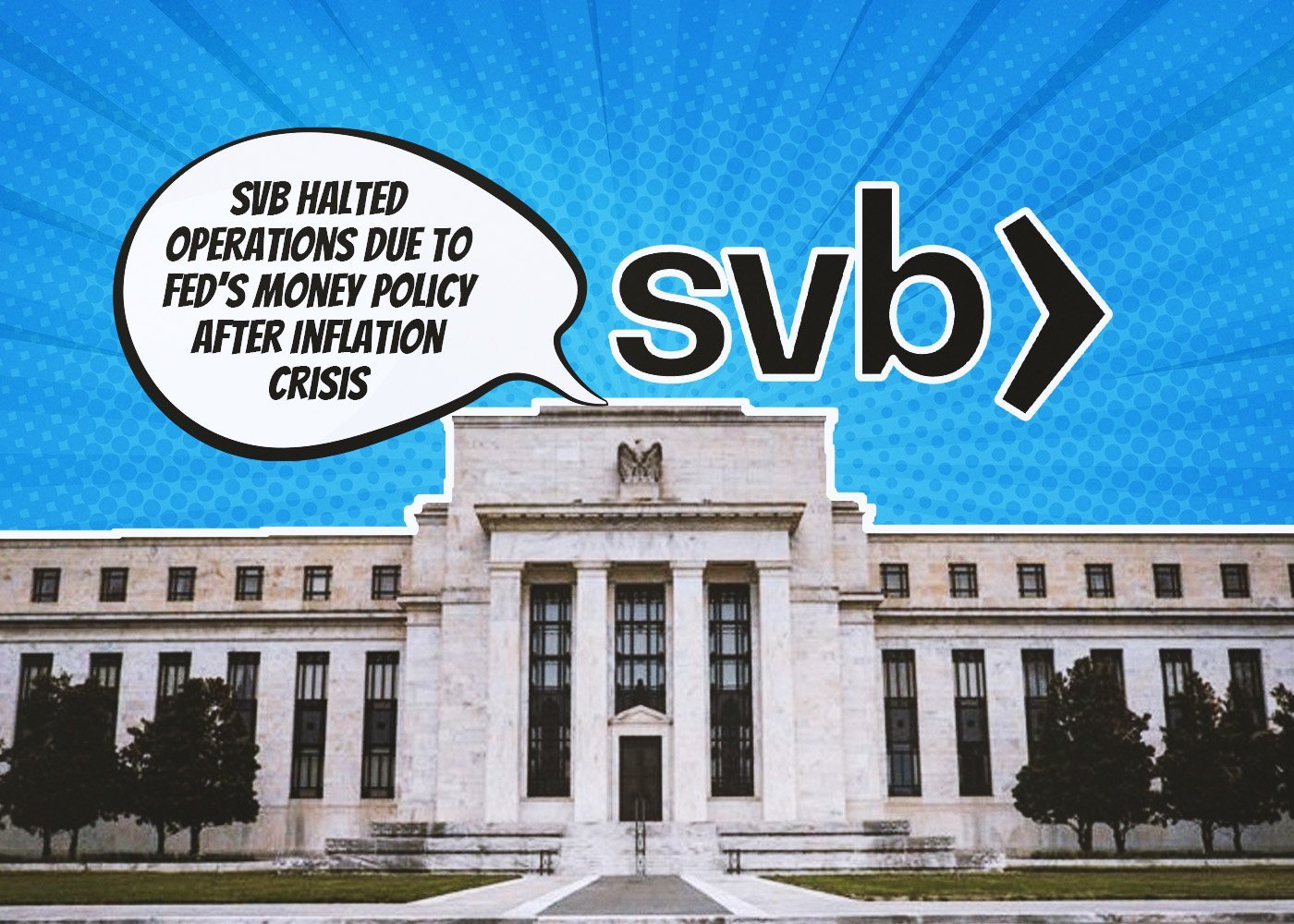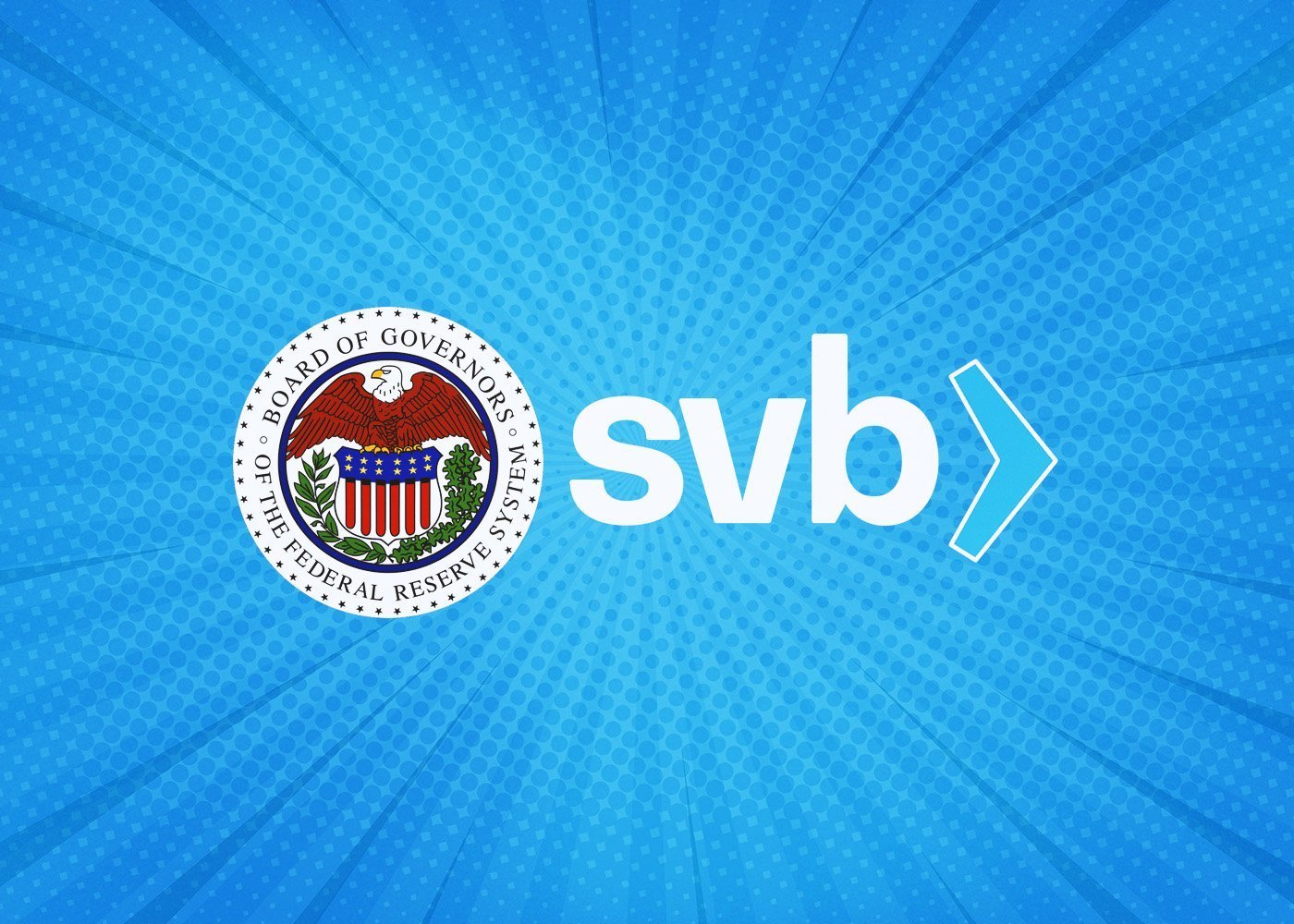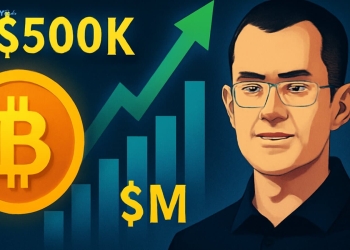Silicon Valley Bank (SVB), the largest 16th bank in the United States, has experienced the country’s largest bank failure since 2008. The technology sector’s year-long downsizing, in response to the Fed’s tightening policy, eventually affected the major bank, causing heavy global market impacts.
One of the most important banks in Silicon Valley, the center of technology and computing in the United States, Silicon Valley Bank (SVB) has undergone one of the biggest bankruptcies in the country’s history. The Federal Deposit Insurance Corporation (FDIC) swiftly took over the bank’s assets and accounts while the failure of SVB severely shook the general market. It was announced that all insured deposit holders will have full access to their deposits by March 13th.
Analysts say that SVB was one of the leading technology financiers, and its failure shows the potential undesirable consequences of the aggressive cycle of Fed’s inflation-fighting. SVB, which was a subsidiary and bank holding company of SVB Financial Group (formerly known as), a commercial bank based in Santa Clara, California, was a member of the S&P 500 index. It failed in its deposits on March 10, 2023, and was taken over by the Federal Deposit Insurance Corporation in the country’s second-largest bank failure in American financial history.
The company focused on providing credit to technology companies, venture capital investing in technology and biotechnology, revenue-based financing, and providing multiple services to private equity firms, as well as focusing on private banking services for high net worth individuals within its domestic market. In addition to taking deposits and making loans, the bank also operated venture capital and private equity divisions that invested in the firm’s commercial banking clients. The bank operated from 29 offices in the United States and offices in India, the United Kingdom, Israel, Canada, China, Germany, Hong Kong, Ireland, Denmark, and Sweden.
In summary, Silicon Valley Bank, one of the major players in the technology financing industry, has suffered the largest bank failure in the United States since 2008 due to the impact of the Fed’s tightening policy and the technology sector’s downsizing.
New York-based Signature Bank Has Also Been Placed Under Receivership, Following Silicon Valley Bank
The US Treasury Department stated that losses resulting from the bankruptcy of these banks would not be covered by taxpayers. The New York State Department of Financial Services (DFS) announced that as of December 31, 2022, the bank had approximately $110.4 billion in assets and $88.6 billion in deposits, and that it was insured by the Federal Deposit Insurance Corporation (FDIC). The DFS emphasized its close collaboration with other institutions to monitor market trends and ensure the healthy functioning of regulated organizations to protect consumers and maintain the stability of the global financial system.
Following the consecutive bankruptcies, the US Treasury Department announced decisions on deposit protection and stated that SVB customers would be able to access their deposits. US Treasury Secretary Janet Yellen, Federal Reserve Chairman Jerome Powell, and FDIC Chairman Martin Gruenberg made a joint statement regarding SVB and Signature Bank. The statement emphasized that decisive steps have been taken to protect the US economy by strengthening public confidence in the banking system, and that this action will ensure that the US banking system continues to play its vital role in protecting deposits and providing households and businesses with access to credit, promoting strong and sustainable economic growth.































































































![BitTorrent [New]](https://s2.coinmarketcap.com/static/img/coins/64x64/16086.png)














